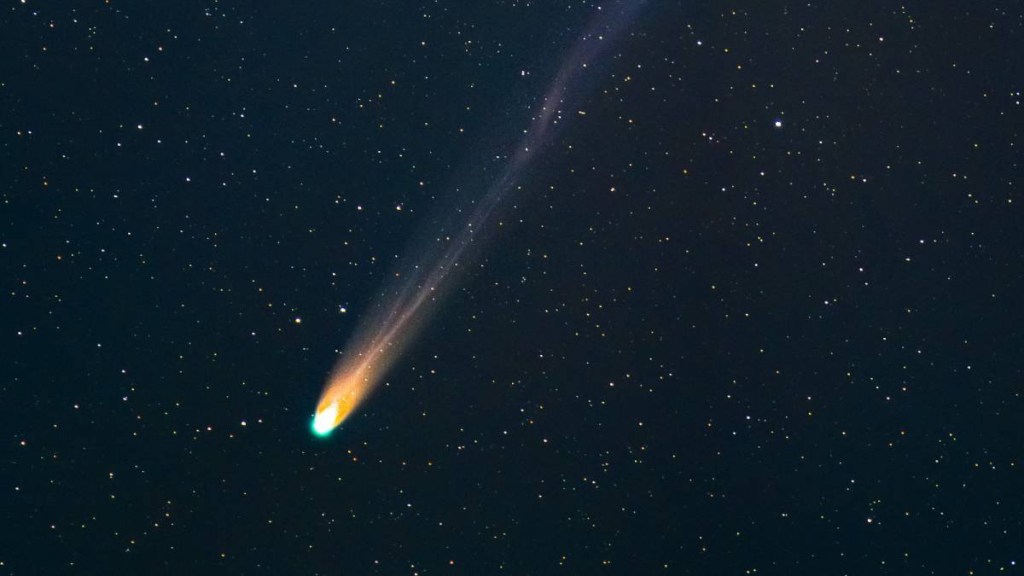Scientists are exploring the idea that the molecular precursors, or building blocks, of life on Earth might have come from comets. These building blocks could have been deposited on planets through a unique process – “bouncing” from one planet to another within closely orbiting groups known as “peas in a pod” systems.
For a comet to deliver organic material, it needs to travel relatively slowly, at around 15 kilometers per second. Speeds higher than this could cause the building block molecules to break apart upon impact due to temperature and speed. The researchers from the University of Cambridge propose that planetary systems where planets orbit closely together provide the most suitable conditions for this bouncing to occur.
In these systems, comets might be passed or bounced from one planet to another, gradually slowing down. If cometary delivery is indeed crucial for the origin of life, these closely orbiting planetary systems could be promising places to search for signs of life.
Comets are known to contain various molecules considered as building blocks for life. The Hayabusa2 mission by the Japanese space agency collected samples from the asteroid Ryugu in 2019, revealing evidence of substances like Uracil and Niacin. Uracil is a chemical building block for RNA, while Niacin, also known as Vitamin B3, is vital for metabolism.
The researchers, however, clarify that they are not asserting that comets are necessary for life’s origin on Earth or any other planet. Instead, their focus is on understanding how complex molecules like hydrogen cyanide (HCN) could be effectively delivered by comets, shedding light on potential processes in the formation of life’s building blocks.
